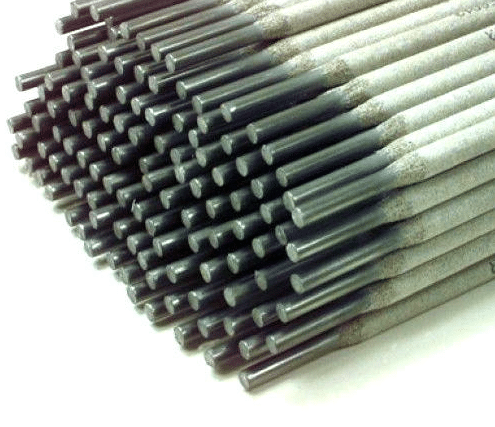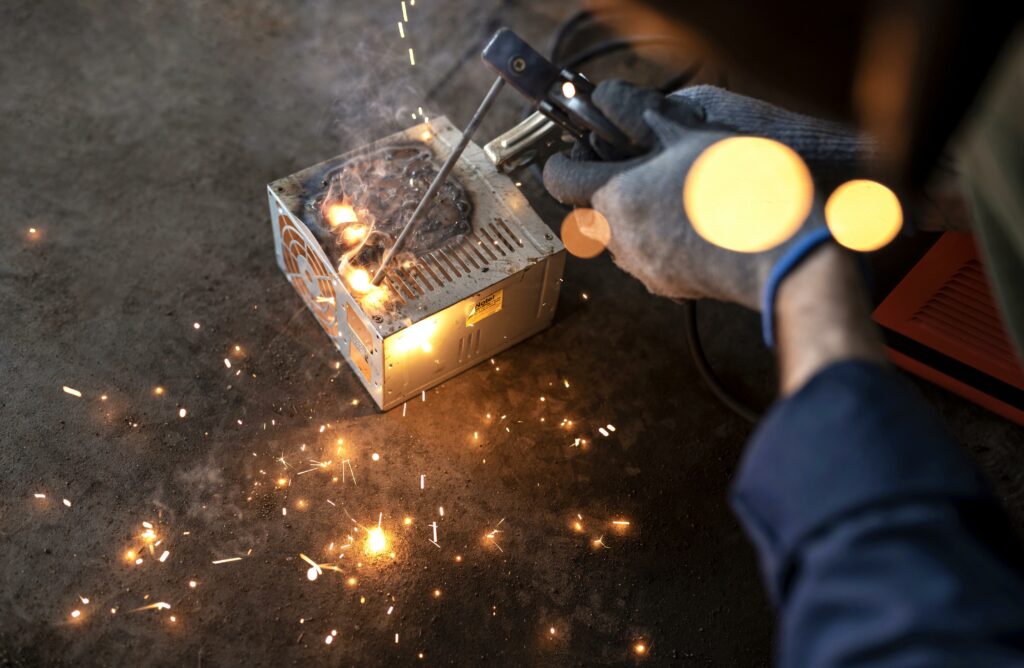| One of the biggest problems most beginners face is that they do not know what type of welding rod is used and have the right safety welding gear and using the best welding helmet. Although the items listed in this article are not the only welding rods that can be used for cast iron, they are usually the most commonly used. Ferro-nickel rods are ideal for welding cast iron to steel and are cheaper than pure nickel, but they are not cheap enough not to be compared to ferro-nickel rods. High nickel rods (NI) are well suited for TIG welding of cast iron, and you can also beat flux with nickel rods and use them for TIG welding. If you weld a piece that does not expose you to high temperatures, aluminum or bronze rods work excellently for casting iron and can be much cheaper than nickel and work just as well with cast iron. The difference in the thickness of the rod and the quality of its material can make a big difference in the case of cast welds. Depending on the presentation and specific project details, you may be able to use either MIG or TIG for welding cast iron. For welding work and welding projects made of cast iron, a welding machine is available, but just in case, you can weld cast iron. The key is to take your time and do it right; do not expect cast iron to be welded quickly, but consider drilling, drilling or bolting the joints after welding. If you do not follow these steps, your weld will likely break the cast iron and prevent further welding attempts. Pull the welding wire tip into the welding bath material into the joint and then start pulling it out of the welding bath into the joint. Build your cast iron welding pool with a welding rod of 1.5 mm diameter and use it as a guide rod to pull material to the joints. The welding rod made of cast iron serves as a filler material that sticks to the surface and connects the cooled part. The fact that the electrons have a steel core means that they are cheap electrodes that can be used to weld many cast iron projects. Most professional welders use nickel rods that have 99% nickel, which does not absorb the carbon in the cast iron and provides the best welding results. Nickel is a nickel that contains a high concentration of carbon and a very high number of electrons. If the cast iron material could expand only when heated and loaded, it would not be easy to weld and would be easier to weld if it could expand only when exposed to heat and stress. Maintain the temperature and other important things are the type of electrode and rod that can be used for welding cast iron. Taking into account the fact that the rod requires one or more passes and can be processed, you must ensure that you use the optimal welding process when choosing an electrode for welding cast iron. The most important thing to understand is that electrical welding of cast iron is actually a very bad decision when trying to repair a cracked cast. If you are welding in a high temperature furnace, you should not try welding. The best method of welding cast iron is the welding process, provided you choose an accurate filler material for the process. Arc welding is one of the best welding rod you can find for this type of welding rod, provided the right welding rod is used. This is because you need so much rod to make a weld, and the more rod you use, the better the weld. If all is well, you know very well how difficult it is to weld cast iron, and the use of welding consumables designed to soften it is the best way to ensure that your weld is adequate. More than any other metal, cast iron requires that you follow the steps closely to obtain a good weld. When TIG welds cast iron, nickel wire is the only real option available for this task, but when welded with flux electrode wire, the resulting weld joint will not be as strong as MMA or arc welding. It is easy to weld cast iron, but as a MIG welder it is a difficult process and it is often helped by the use of a cold cast wire, sometimes also referred to as cold cast wire. It is very important to gently preheat the cast iron to minimize temperature shock, but since the electrodes for TIG welding are 3000 degrees, melting the cast iron is possible if you stay in one place for too long. To weld a cast iron, you must gently heat it, which minimizes the heat shocks. There are a number of ways to weld cast iron, but for the sake of this article I will show you what not every welding type means for cast iron, and help you skip some of the steps. For this reason we will use MIG, TIG and Arc basic, for more detailed information on each species, please contact the manufacturer. |



